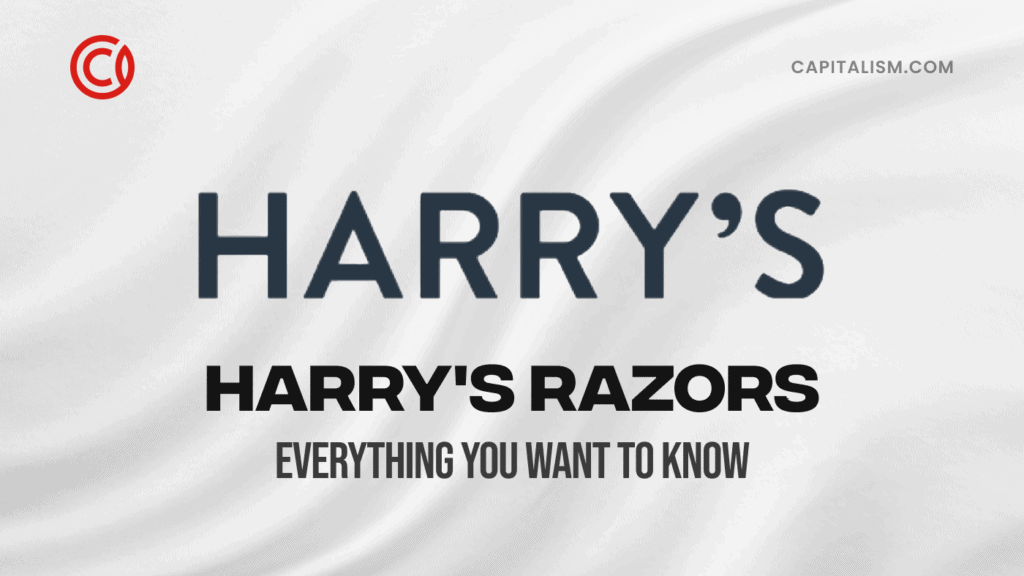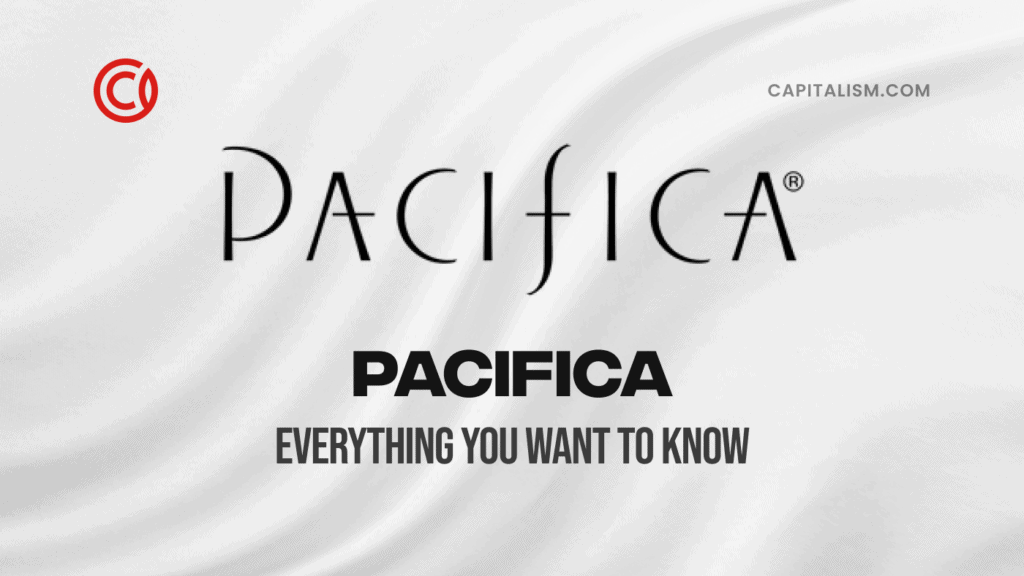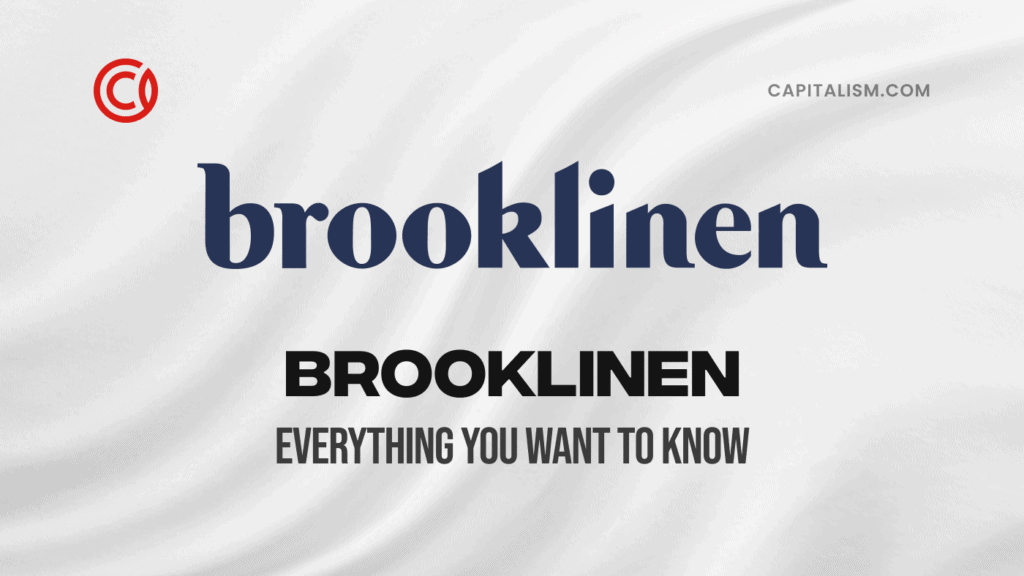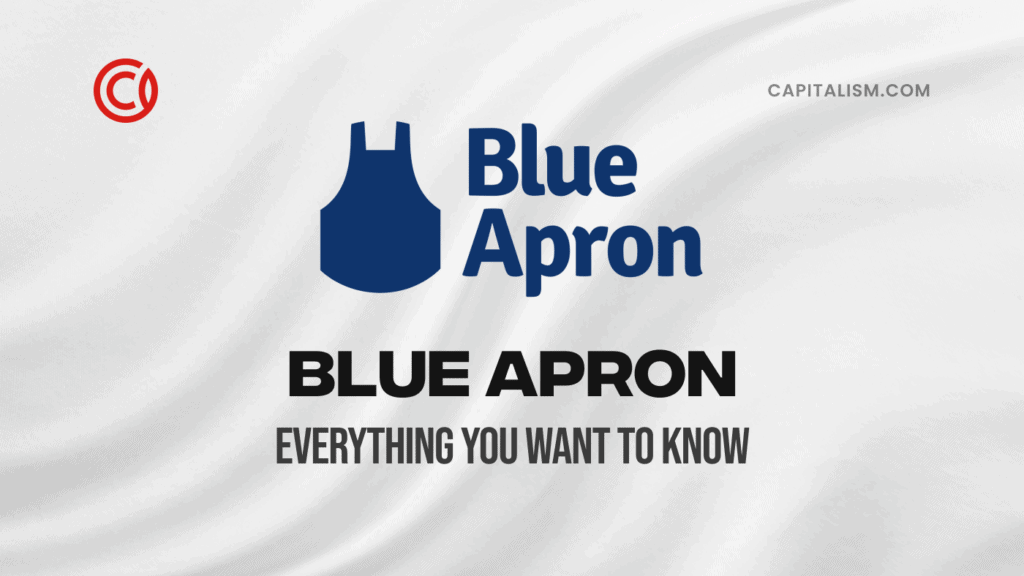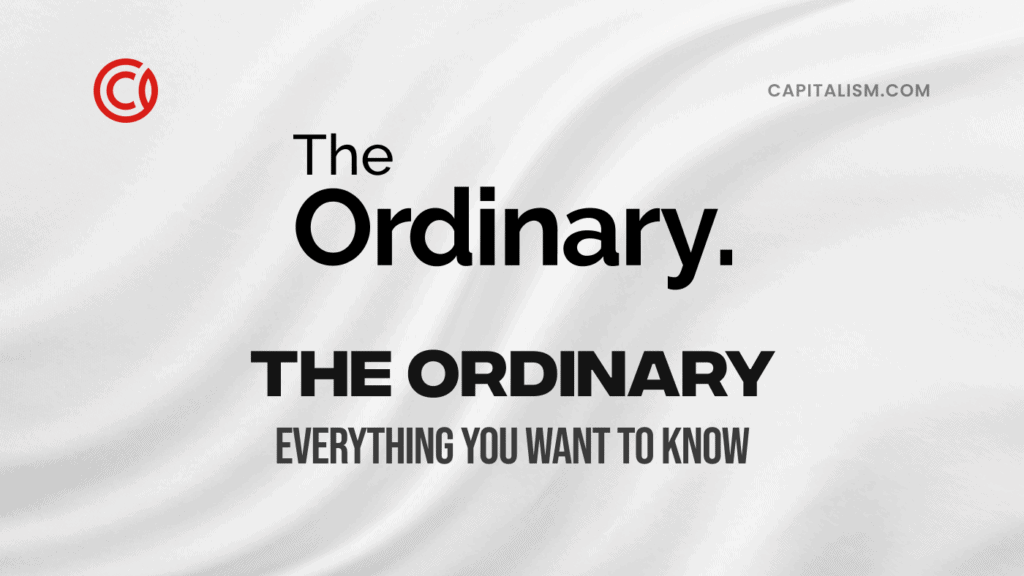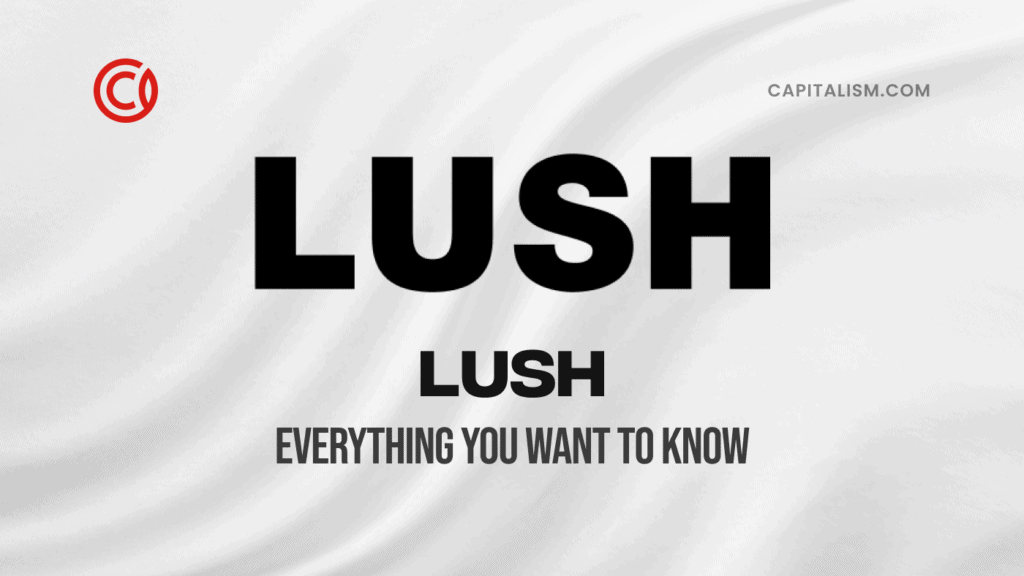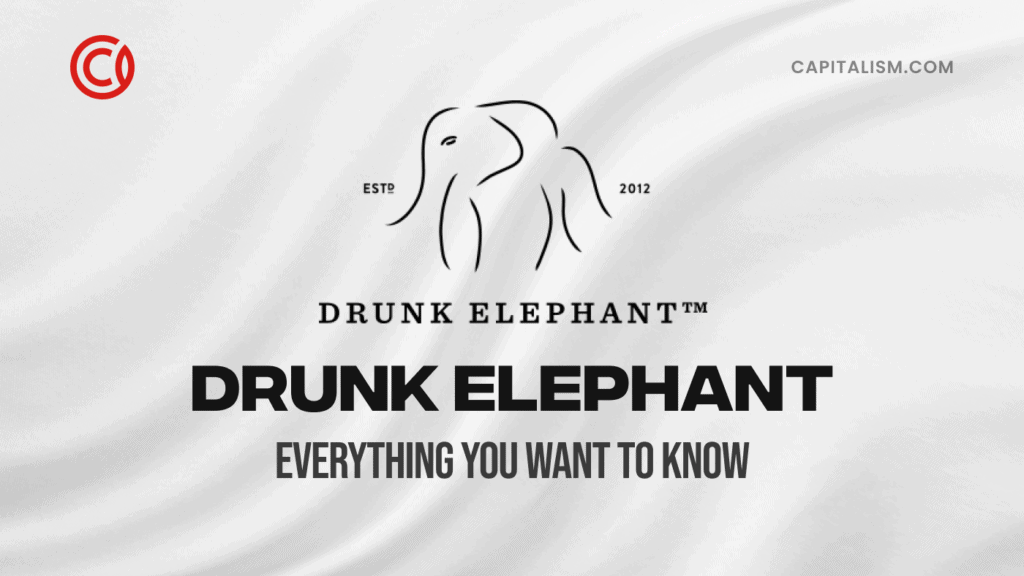Why should razors have to cost so much? That was the question Harry’s founders and college friends Jeff Raider and Andy Katz-Mayfield asked themselves. And they aimed to provide a solution–affordable, high-quality razors customers could order from the comfort of home.
As a result, in 2012 they launched Harry's, a men's grooming company offering premium razors and shaving products at reasonable prices. The first-name brand, which they named after Jeff’s no-nonsense grandfather figure, gained a quick and loyal following.
While Harry’s had healthy competition from another online razor subscription business, Dollar Shave Club, which launched in 2011, there was plenty of room in the market. By 2021, Harry’s reportedly had a valuation of $1.7 billion.
In this company profile, we’ll explore the unique features of Harry's razors, the company's brand story, marketing strategy, and commitment to social responsibility. We will also cover the lessons entrepreneurs can learn from Harry’s incredible growth.
Plus, learn how to launch a million dollar brand with our FREE playbook!
| Company Name: | Harry’s |
| Year Founded: | 2012 |
| Founders: | Jeff Raider and Andy Katz-Mayfield |
| Valuation: | $2 billion |
| Industry: | Direct-to-Consumer Razor Subscription Service |
What is Harry's Razors?
Harry's is a razor and grooming products brand that offers a wide range of high-quality shaving products, including razors, shave creams, and post-shave balms. The company's razors provide a smooth and comfortable shave, with features such as a flexible hinge, German-engineered blades, and a precision trimmer. Harry's razors also have an ergonomic handle with a textured grip, making them easy to use.
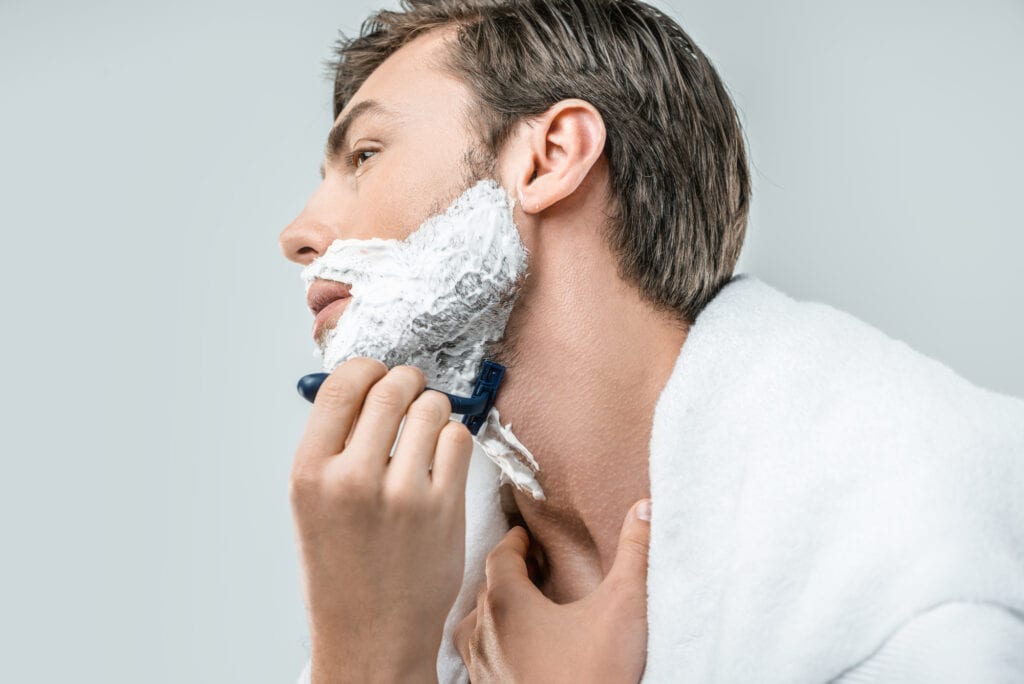
While Harry’s began as an online platform, selling products through a direct-to-consumer subscription model and a-la-carte through its online store, it now offers its product line through brick-and-mortar chains like Walgreens and Target.
One of the things that sets Harry's apart from other shaving brands is the company's commitment to quality.
On the company website, Harry’s message is that consumers shouldn't have to compromise when it comes to the products they use. To ensure optimal quality, Harry’s has a team of more than 600 designers, engineers, chemists, and craftsmen, using the high-quality materials to produce its razors. The company claims this attention to detail ensures their razors provide a superior shaving experience.
Who founded Harry's Razors?
Harry’s was founded in July 2012 by college friends Jeff Raider and Andy Katz-Mayfield, who originally met when they were college interns at Bain & Company, a Boston management consulting company.
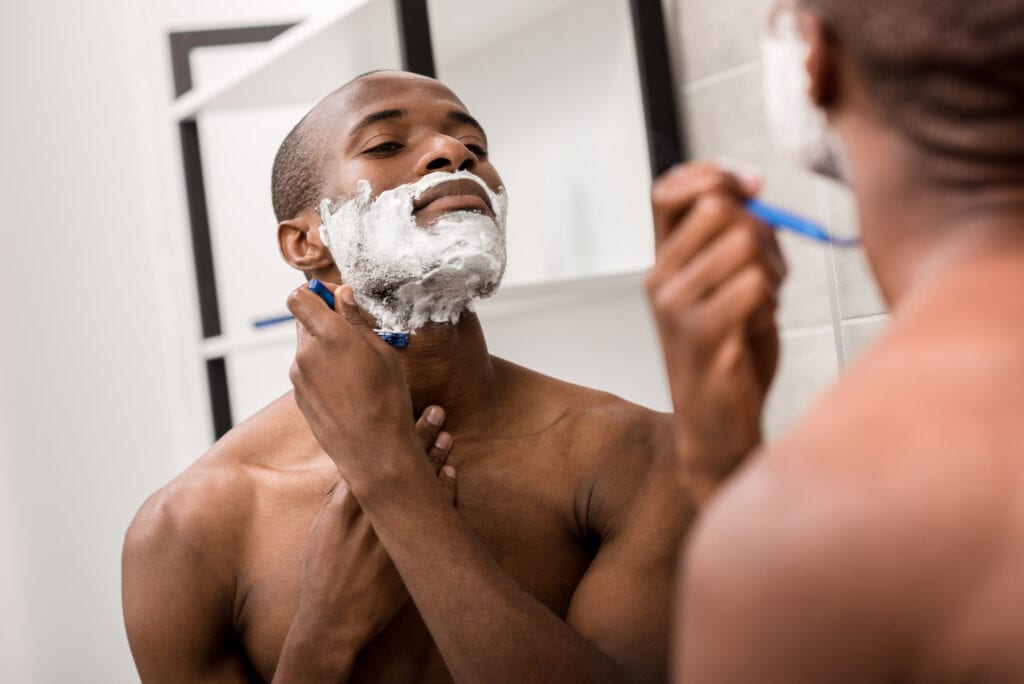
What is the origin story behind Harry's Razors?
Harry’s founders Jeff and Andy were tired of overpaying for overdesigned razors from big corporations. They believed the razor market needed simple yet high-quality razor products that felt good to use and at a fair price. They asked friends for feedback and learned many of them had the same frustrations with the existing razor market. So they decided to take action and start Harry’s to meet the obvious demand.
Jeff and Andy named the company after Jeff’s grandfather figure Harry, who had a no-nonsense approach to life. They believed the name evoked a warm, approachable, and friendly image, which perfectly fit what they wanted to convey to customers.
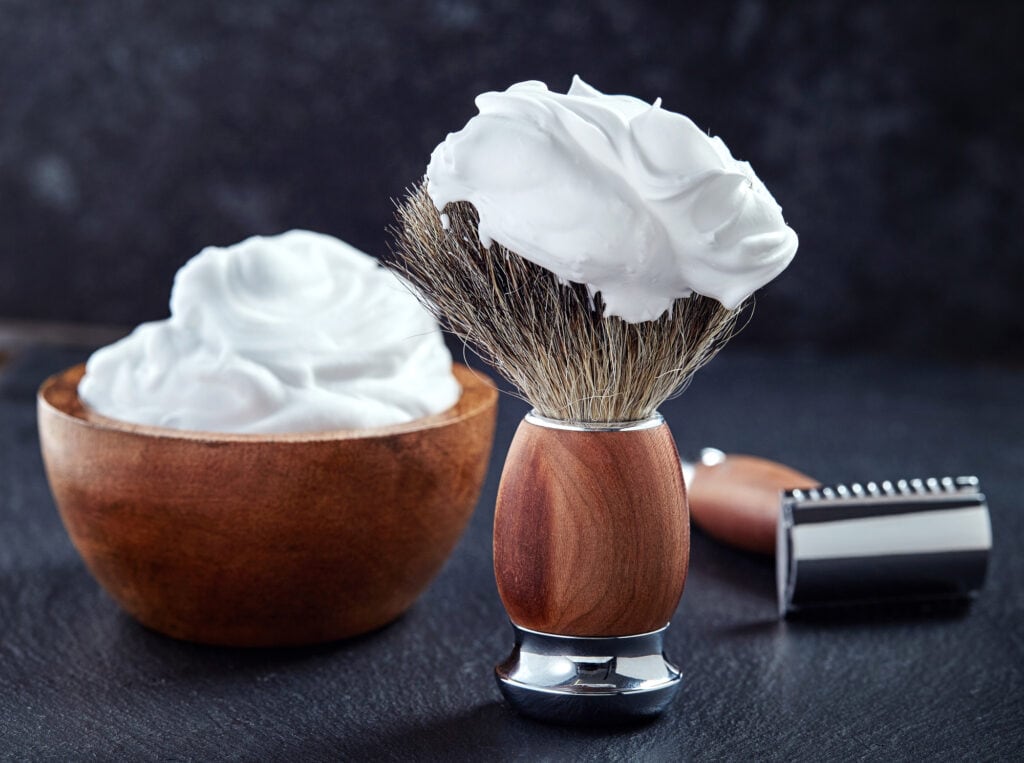
“Andy and I loved the idea of shaving being passed down from grandfathers to fathers and fathers to sons. So when we were thinking of what to name the company, we said, well, let’s just make a list of all the people who were kind of seminal male figures in our lives. And there was a guy named Harry in my life,” said Jeff.
Product Development
To find their ideal razor product to sell, Jeff and Andy ordered razor blades from all over the country and used their faces as the test lab. Dissatisfied with the results and with scarred faces to prove their dissatisfaction, the duo decided to track down an elusive European blade called the Croma that they had read about on shaving blogs. They learned the blade was produced by Feintechnik, a German factory and one of the few places in the world that had mastered the gothic arch cut. This cut sharpens the steel on both sides to deliver a superior shave. After raising $122.5 million from investors in 2014, Harry’s purchased the 93-year-old factory for $100 million to have more control over the manufacturing process.
Harry’s business model, direct-to-consumer, cut out the middleman, allowing them to create a more affordable product for their target audience. Jeff had previous experience launching this business model. In 2010, he helped found Warby Parker, a direct-to-consumer eyeglasses company that also went on to become a billion-dollar enterprise.
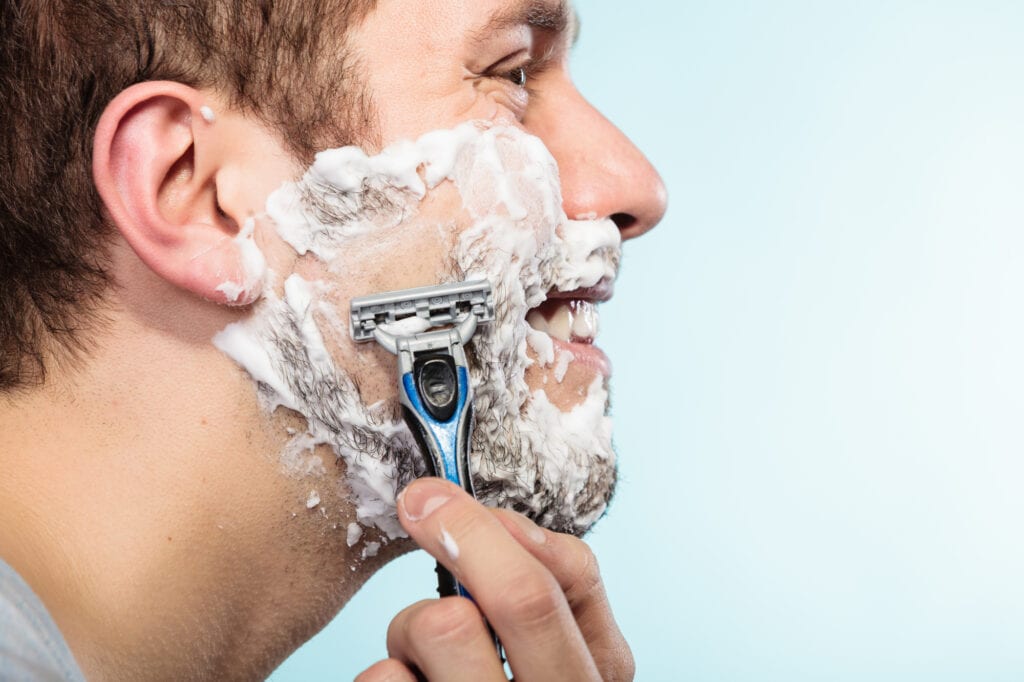
In addition to being a direct-to-consumer company, Harry’s started with a buy-one-donate-one business model. Its “Give a Shave” program donated a free razor blade or the cost of one to charitable organizations, initially supporting The Mission Continues charity, which helps veterans returning from Afghanistan and Iraq.
How did Harry's Razors grow?
Co-founders Jeff and Andy took their shaving subscription service and turned it into a global online powerhouse in under ten years.
So what’s the secret to Harry's rapid growth? Early on, they adopted a marketing strategy positioning Harry’s as the scrappy underdog going up against corporate bullies like Gillette. And it worked. Their compelling business story angle also gave them some helpful media coverage from outlets like Forbes and Marketing Week. Customers loved rooting for the underdog and invested emotionally in the brand. This gave Harry’s a unique competitive advantage that led to their whirlwind growth.
Also contributing to Harry’s growth were savvy marketing endeavors like a collaboration with J.Crew and the use of brand ambassadors, including English football captain Harry Kane and model Ashley Graham. The company reportedly grew to serve two million customers by July 2016, the same year they began selling their products in the United Kingdom.
Rapid Growth
Harry’s grew so quickly that it caught the eye of global personal care conglomerate Edgewell Personal Care, which planned to acquire Harry’s in 2020 for $1.37 billion. However, the Federal Trade Commission sued Edgewell, the owner of Schick brand shaving products, to block the merger, stating it could hurt competition. As a result, Edgewell didn’t follow through with the acquisition, but that didn’t stop Harry’s valuation from growing.
While Harry’s started out with an online business model and subscription service, it now sells its razors and products in retail stores, including Walmart, Costco, Wegmans, and Target. The company initially catapulted to fame by selling the low-priced razors over the internet, but today more than half of its sales come from brick-and-mortar stores.
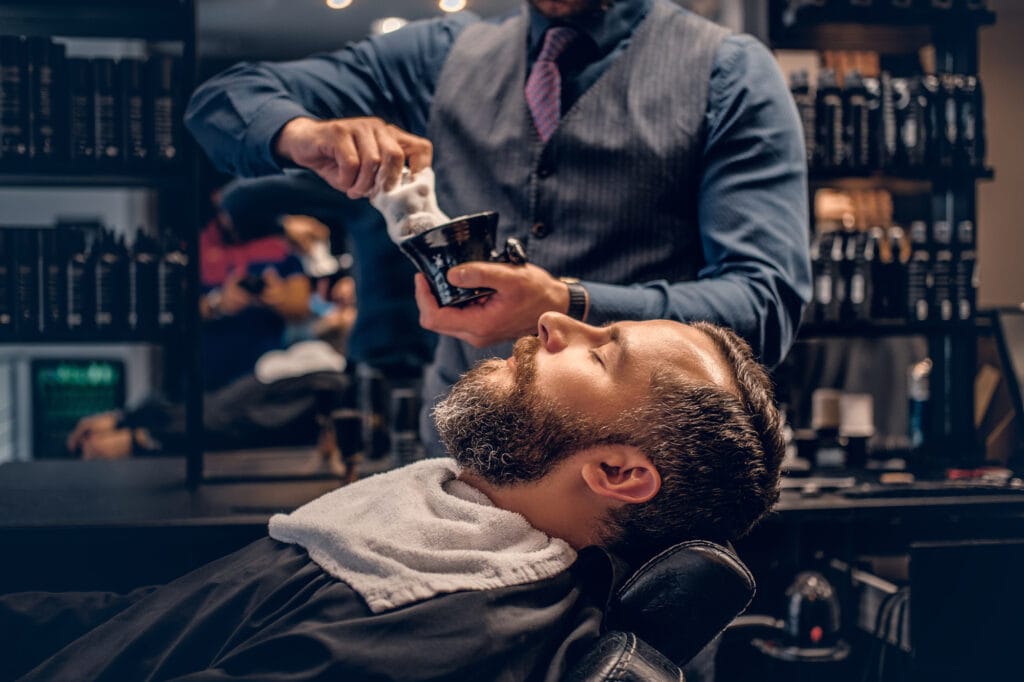
With no signs of slowing down, Harry’s sales grew a whopping 47% in 2021. Since its 2012 launch, Harry’s has reportedly sold 30 million razor handles. The company is also growing rapidly in the overseas markets like Germany and France, entering new categories including haircare, women’s shaving, and deodorant. Harry’s acquired cat-centric products startup Cat Person in 2020 and deodorant startup Lume in 2021.
What is Harry's Razors' valuation?
After raising nearly $140 million in 2022 to fund continued growth, Harry’s has a reported valuation of around $2 billion.
How was Harry's Razors funded?
As a startup, Harry’s acquired significant funding from various investment companies. While extensive research did not uncover all funding sources, here’s a list of some of the financing Harry’s has reportedly received, totalling $792.4 million:
- $4 million seed round from an undisclosed source in 2012
- $10.5 million in 2013 and $65 million in 2014 from Tiger Global Management
- Various funding from different undisclosed sources totalling more than $207 million in 2014
- $97.5 million funding led by Wellington Management in 2015
- $112.6 million funding from Alliance Consumer Growth and Temasek Holdings in 2017
- $155 million funding from Bain Capital and Macquarie Capital n 2021
- $140 million funding from an undisclosed source in 2022
What lessons can an entrepreneur learn from the Harry's brand story?
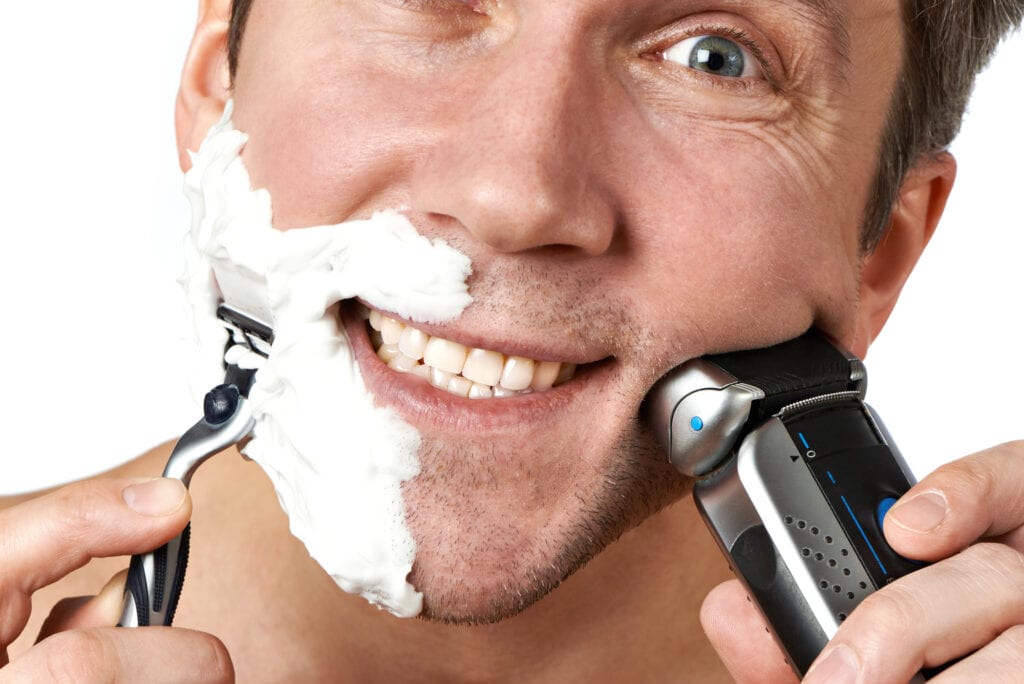
The Harry's brand story offers several valuable lessons for entrepreneurs. Here are some key takeaways:
Identify a gap in the market.
The founders of Harry's recognized the lack of affordable and high-quality shaving products for men. They identified an opportunity to disrupt the shaving industry, which was dominated by a few major players, by offering a direct-to-consumer model.
Embrace simplicity and transparency.
Harry's aimed to simplify the shaving experience by providing straightforward and transparent products. They focused on minimalistic design, clear messaging, and affordable pricing. This approach resonated with consumers who were tired of complicated, overdesigned, and overpriced options.
Prioritize product quality.
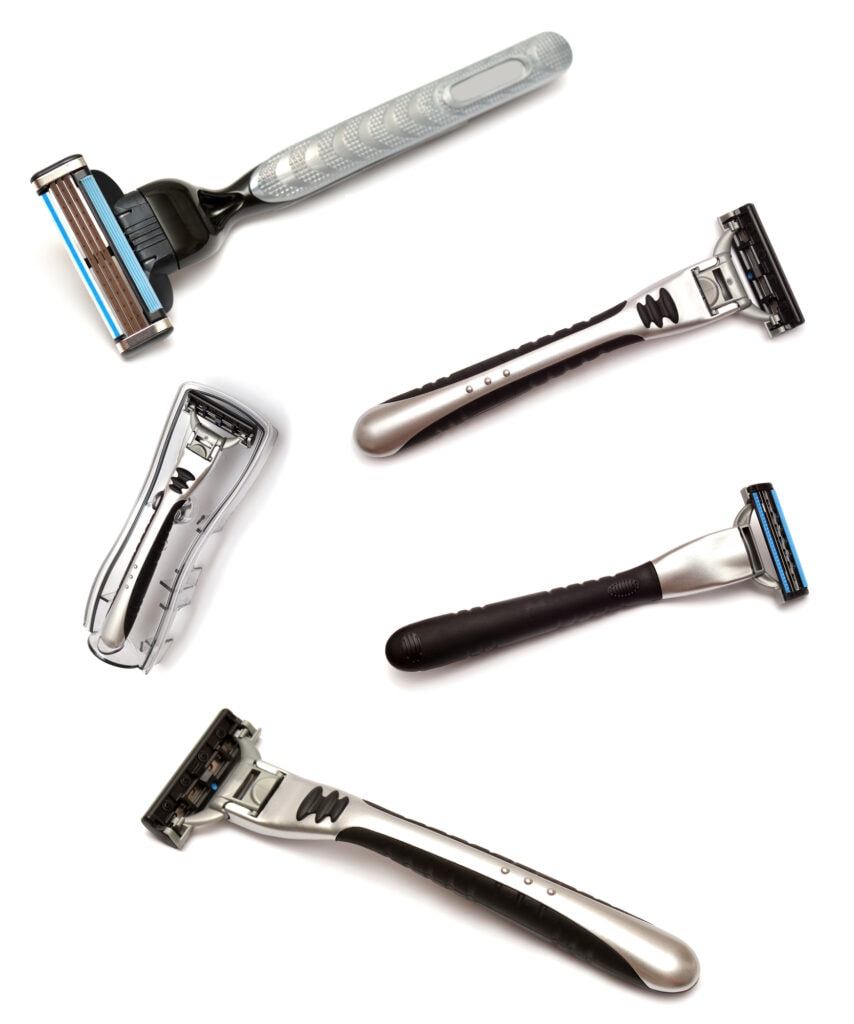
One of Harry's core values was to provide high-quality razors at an accessible price point. By investing in quality craftsmanship and materials, they built a reputation for their products' performance, leading to customer satisfaction and loyalty.
Build a distinctive brand.
Harry's created a brand that stood out from the competition. Their brand identity was rooted in a combination of modern aesthetics, David vs. Goliath storytelling, friendly messaging, and a commitment to social responsibility. This helped them establish a unique position in the market and connect with their target audience.
Develop a direct-to-consumer model.
Harry's disrupted the traditional retail model by adopting a direct-to-consumer approach. This allowed them to control the customer experience, gather valuable data, and build direct relationships with their customers. As an entrepreneur, consider exploring direct-to-consumer strategies to gain more control over your brand and customer interactions.
Leverage storytelling and content marketing.

Harry's used creative storytelling and content marketing to connect with their audience on an emotional level. They capitalized on being the underdog going up against big corporations and branded themselves as the “David” trying to take on “Goliath.” As a result, they created engaging content that resonated with their target market, sharing personal stories and addressing common shaving-related challenges. This helped them build a loyal following and establish a strong connection with their customers.
Embrace social responsibility.
Harry's incorporated a social mission into their business model. They pledged a portion of their sales to support organizations focusing on veterans’ issues and mental health, and they actively promoted inclusivity and diversity in their marketing campaigns. Implementing social responsibility into your brand can not only make a positive impact but also resonate with socially conscious consumers.
Be adaptable and innovative.
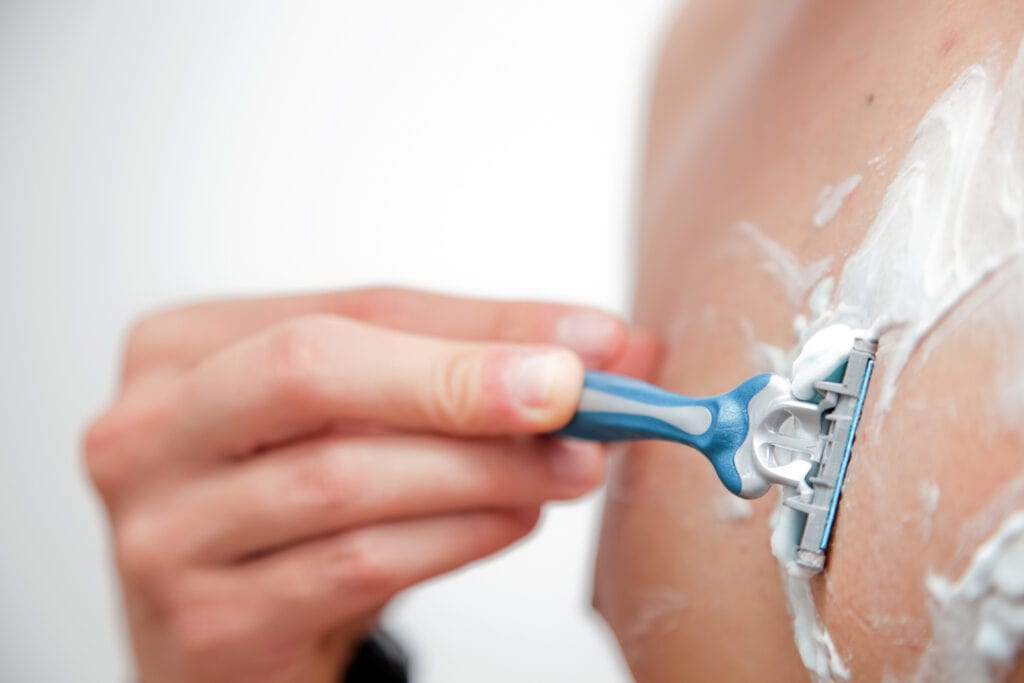
As Harry's grew, they expanded their product offerings beyond razors, introducing complementary grooming products. They also adapted to changing market dynamics, such as launching in-store partnerships with retailers. This ability to evolve and innovate is crucial for long-term success as an entrepreneur.
FAQ
What is the lawsuit against Harry's razors?
Two months after launching, Harry’s was hit with a patent infringement lawsuit from Gillette, alleging Harry’s had stolen its patent. While it was a big concern for Harry’s team, the founders fought back. They were able to prove Harry’s razor design did not copy the Gillette patent. In less than a week, Gillette dismissed the lawsuit.
What is so special about Harry's razors?
From its inception, Harry’s placed a heavy focus on affordability, specialized design, and high-quality materials when creating their razors. The founders personally tested blades throughout the world before choosing a blade produced by a 93-year-old German factory, Feintechnik. The factory made the blades with a technique known as the gothic arch cut, sharpening steel on both blade sides to create remarkable sharpness and strength. Harry’s purchased the factory in 2014 for $100 million to have more control over production.
Which blade is better, Harry's or Dollar Shave Club?
Determining the best blade for your ideal clean shave really comes down to personal preference. When researching online reviews, you’ll find people who are eternally loyal to Harry’s German blades and others who prefer the cheaper Dollar Shave Club options. According to a review on Subscriptionaly, the customer determined Harry’s had the best razor product at an affordable price. The reviewer referenced Harry’s 600 designers and engineers who work to create the best possible razor with a comfortable handle, making it easier to shave hard-to-reach places.
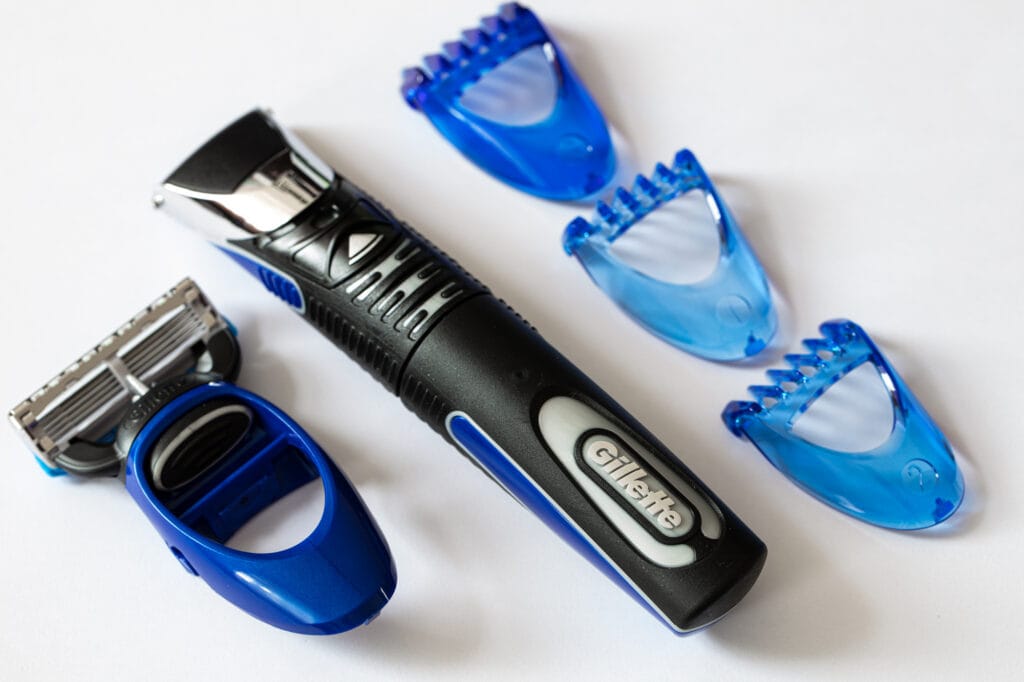
What company owns Harry's razors?
Harry’s is still owned by Harry’s founders, Andy Katz-Mayfield and Jeff Raider. Although there was an almost-acquisition in 2020 by Edgewell Personal Care, the Federal Trades Commission blocked the merger.
Is Harry's made in China?
Harry’s razor handles are made in China, but the razor blades are produced at Feintechnik, a factory in Germany. The face, body, and hair care products are formulated in labs in the United States and United Kingdom.
Are Harry's blades cheaper than Gillette?
Harry’s blades are cheaper than Gillette’s blades, but the overall cost will depend on the user’s shaving frequency. For customers who shave two to four times per week, they can get an eight-count package of Harry’s cartridges every three months for $7.50 per month. Gilette’s most affordable razor model, the Mach 3 Turbo, has a subscription with five cartridges every four months for $17.50.
Will Harry's blades fit on Dollar Shave Club handles?
Harry’s blades are designed to fit only Harry’s handles, so they are incompatible with other brands like Dollar Shave Club.
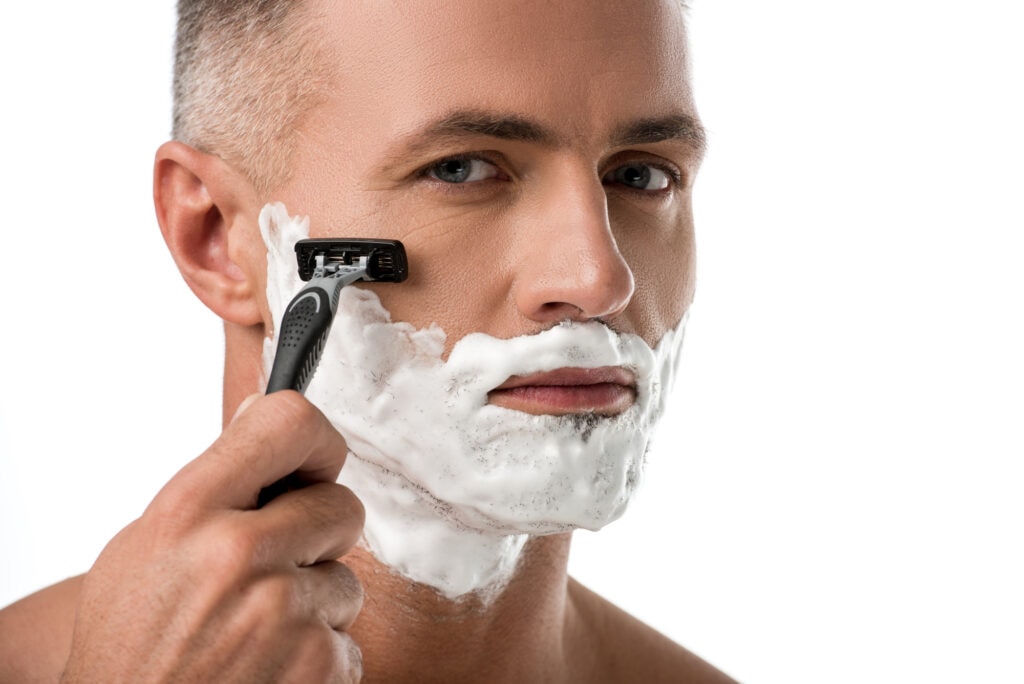
Takeaway
Harry’s direct-to-consumer business model and engaging marketing strategy offer helpful insights for any entrepreneur who wants to grow a profitable brand. The founders identified a need in the market–high quality razors at an affordable price–and worked diligently to deliver an exceptional product that appealed to their target audience.
Harry’s used storytelling to promote the brand and connect with consumers, quickly creating a loyal following of their products, disrupting the razor industry. As a result, it grew to become a $2 billion-dollar empire in ten years. Harry’s didn’t just make a dent in the market, it commanded it!
Your Turn?
Do you dream about launching your own brand from the ground up to create generational wealth–the kind that allows you to make the world a better place? Like the Harry’s founders, you only need one great business idea and a hungry target audience to make your dream a reality. The best way to get started is with help from Capitalism.com.
We’re on a mission to create one million millionaires by 2028. We’d love you to be on that list of successful entrepreneurs.
That’s why we made this FREE course that will guide you to launch your own million (or billion) dollar brand. Join us now and let’s get started!
